Is there a reason why ICD has to be so thick ?
The short explanation
OEM's Spec bulk loadings above 90+ % for reliability, so 92% diamond + 2 % carbon black puts us at 94% which is pretty much as high as you can go and still be user friendly.
We had one mix that was 10 W-mk but was not real user friendly on a viscosity basis and provided little thermal advantage so was shelved.
There are different kinds of thermal resistance. One is contact resistance which the retail compounds mostly rely on by being of higher liquid content so they flow real nice into the voids and air gaps and with great or low contact resistance so that out of the gate many users are thrilled with the performance. Instant gratification
The Achilles heel for these type low viscosity liquid thermal pastes is in the nature of their initial advantage. The major weakness of being liquid makes it susceptible to thermal cycling, The system heats up the joint compresses and a little of the liquid is pushed out and after some number of cycles the paste has shrunken in size due to the loss in liquid volume (dried out) leaving voids and causing a contact resistance failure negating their initial advantage, this is called
Pump Out. A variant of compound failure
Bake Out is due consistently high thermal stress which is more of a thermal degradation of the liquid but is similar enough so that bake out and pump out can pretty much used to describe either failure.
There are literally hundreds of technical papers on the subject and the issue is well understood in the thermal community.
Liquid is a necessary evil as far as thermal pastes are concerned otherwise you would be applying a powder. IC Diamond uses much less liquid so consequently is much less prone to failures as the liquid is wicked or baked away The shrinkage of the compound is almost non existent due to the low liquid volume content to begin with and so maintains contact/ thermal performance for extended periods and by design to set up into a crayon like consistency over time, still pliable and relying on the high bulk Diamond conductivity for performance as you are left with basically diamond held coherently together with the polymeric binders and is easily removed when re-liquefied with a solvent
So in short the reason it is thick is that it is harder to pump a solid than a liquid.
Depends on view point but end users looking for reliability, thickness of compound would be a positive feature to seek out and not one to complain about.
The supplied tubes have enough for 10=12 applications after you have done your initial tests and reported results for those where thickness is an issue experiment a little by applying ICD to the chip then mix in a solvent like acetone or IPA to thin it then use your preferred spreading technique, I believe it to be non optimal application but give it a shot if you want. OEM's add a solvent to ICD when silk-screening or rolling it on and would be more uniform but you could try. NOTE SOLVENT HAS TO COMPLETELY EVAPORATE BEFORE MOUNTING OR YOU WILL JUST BLOW VOIDS INTO THE COMPOUND AS THE SOLVENT HEATS UP UNDER PRESSURE ON MOUNT
From the designer viewpoint the more liquid retail compounds are the magicians trick, distract with one hand to hide what's happening with the other. You can put the processed cheese on the CPU and get a great number but do you want to close up case and forget about it for a year or two? I have seen examples of compounds that start to fail in a couple of hundred hours and completely poop the bed at 400 hrs.
Of the compounds I have tested I would say from
my perspective Shin Etsu earns my respect for performance & reliability factors.
It's easy to design a compound for performance and it is also easy to design for reliability
It is very hard to do both in one package





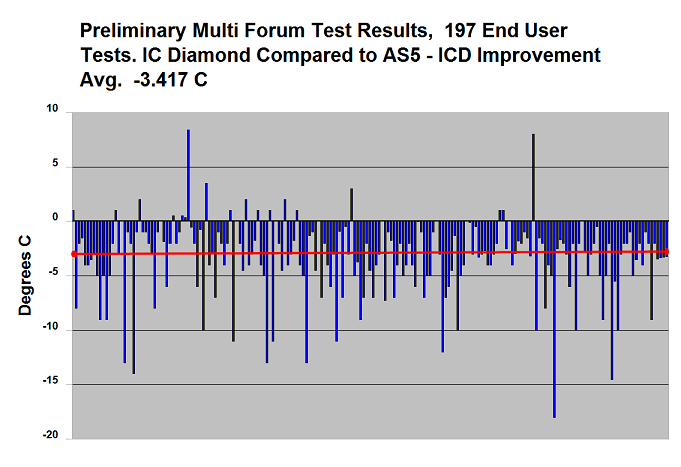
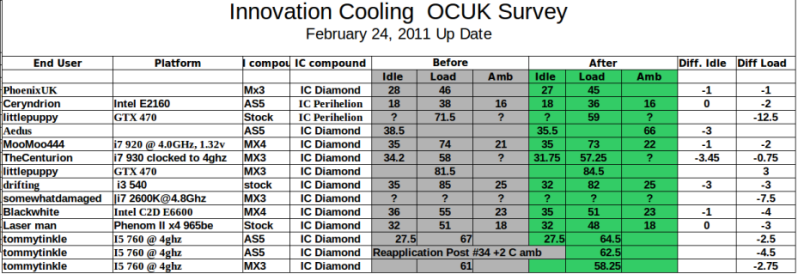
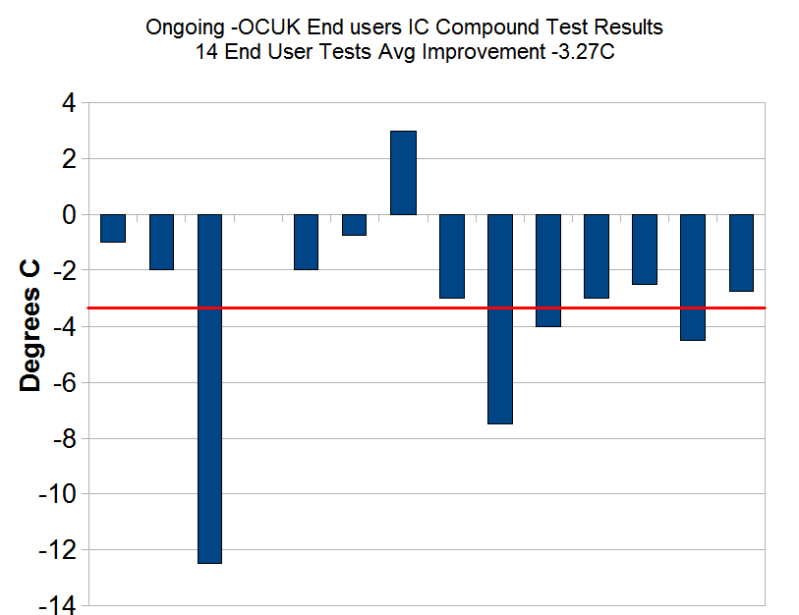
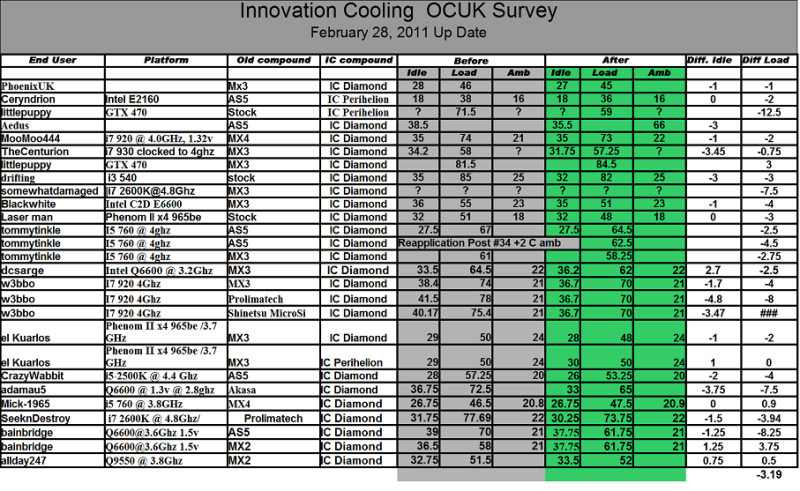
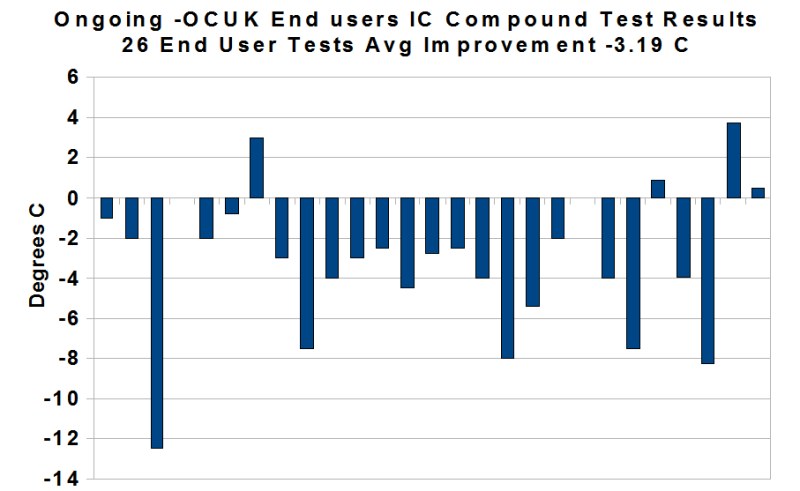
 .
.